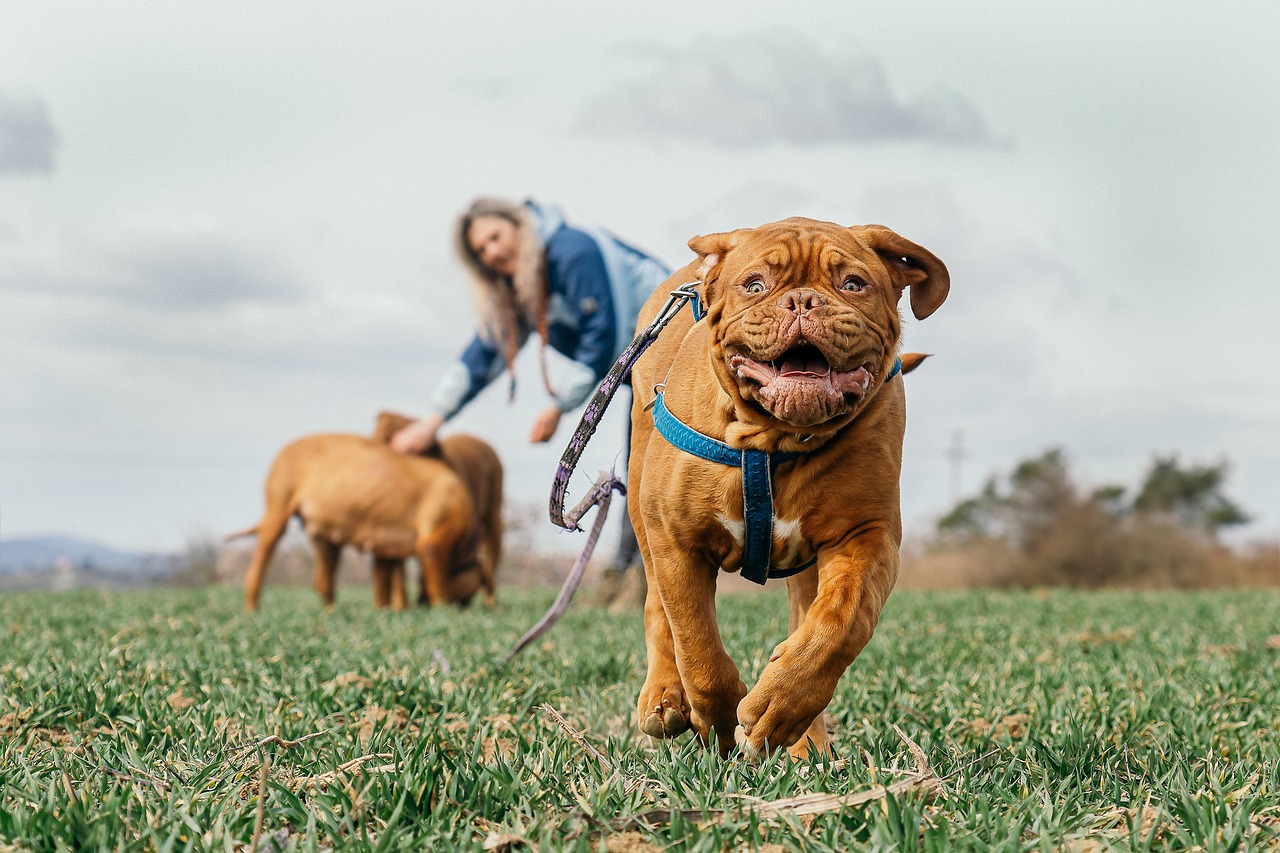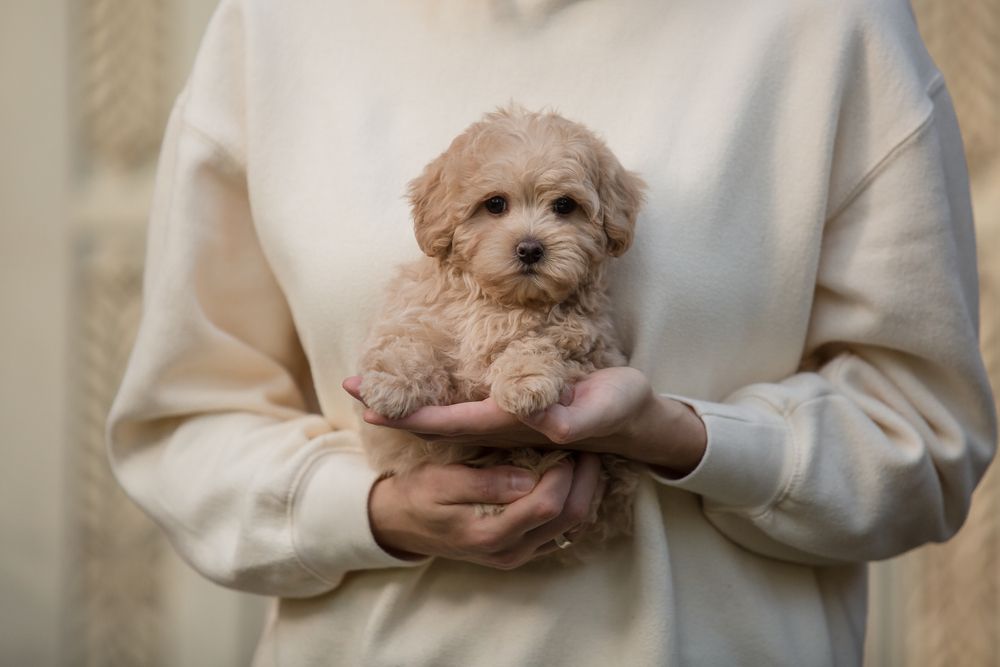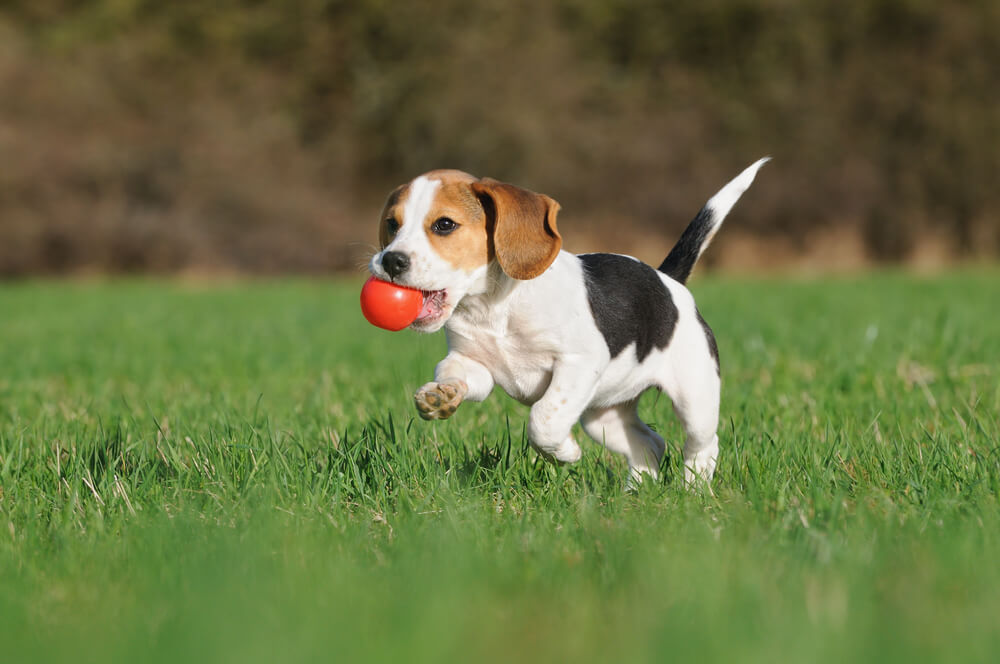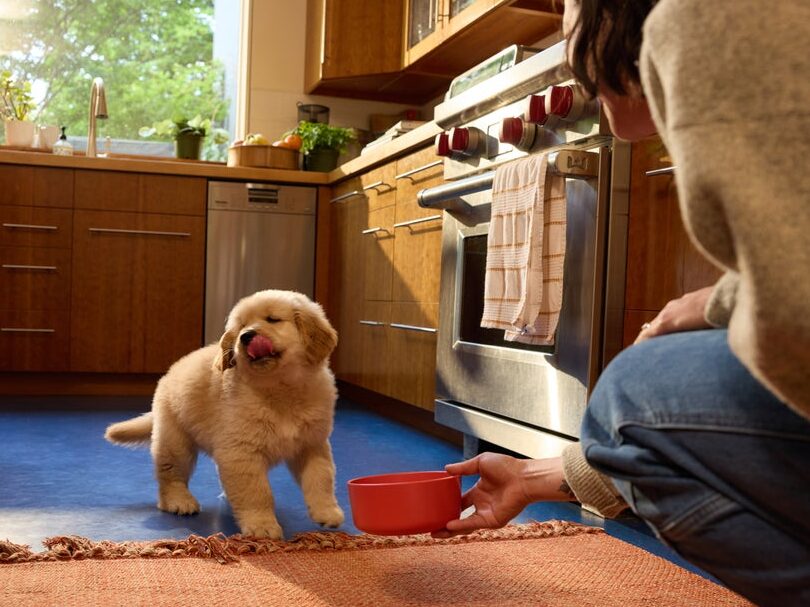Hey Ollie blog readers! We’re offering you an exclusive 60% OFF your starter box! Try now!
Running is one of the simplest ways to stay active, and it’s even better with a canine companion. Not only does running with your dog keep you both in great shape, it also strengthens your bond and turns an ordinary workout into an adventure. Whether you’re logging miles on quiet trails or jogging through your neighborhood, your pup’s enthusiasm can make every run feel lighter, happier, and more fun.
Before you lace up and leash up, it’s crucial to set you and your dog up for success. Every pup has different needs depending on their breed, age, and health. With preparation and a few smart strategies, running can be a safe and enjoyable activity for both of you.
Preparing to Run with Your Dog
A little planning can make a big difference and ensure a positive experience for you and your pup.
Know your dog’s limits
Not every breed or age is built for distance running. High-energy breeds like Vizslas, Border Collies, and Labradors often thrive on longer runs, while short-nosed breeds like Bulldogs or Pugs may struggle with breathing and heat. Puppies and senior dogs may also need less intense exercise. When in doubt, talk to your vet about what’s best for your dog.
Schedule a check-up
Just like humans, dogs need to be cleared for activity. A vet check-up can rule out joint issues, heart conditions, or weight concerns that might make running unsafe.
Gear up
The right equipment can keep runs smooth and stress-free:
- Harness over collar: reduces strain on your dog’s neck if they are prone to pulling.
- Hands-free leash: allows for a natural stride while keeping your pup close by.
- Reflective gear: ensures visibility during early morning or evening runs.
- Access to water: a collapsible bowl or dog-friendly water bottle keeps your pup hydrated.
- Waste bags: because proper cleanup is always part of the plan.
By taking time to prepare, you’re setting your dog up for a good time and making sure your running routine starts off on the right foot.

Training Basics
Even if your dog is great on walks, running together can take a little extra practice. Training not only makes your runs smoother but also keeps both of you safe.
Start slow
Ease into it by adding short jogging intervals to your walks. This helps your dog build stamina and understand the difference between walking and running. Over time, gradually increase the length and pace of these intervals.
Teach running cues
Simple commands like “heel” or “leave it” can make a huge difference in keeping your pup focused. Consistent verbal cues help your dog know when it’s time to stay close, slow down, or ignore distractions along the route.
Practice leash manners
Your dog should run by your side, not ahead of you or crisscrossing in front of your stride. A properly fitted harness combined with regular training helps prevent pulling and keeps the run enjoyable for both of you.
Reward good behavior
Positive reinforcement goes a long way. Offer praise, pets, or treats after a successful run or whenever your pup does a good job listening to your cues. Over time, running together will become second nature and a source of excitement for your dog.
Running Safety Tips
Your dog’s safety and well-being should always come first. With a few simple precautions, you can make sure every run is fun, healthy, and worry-free.
Keep an eye on the weather
Dogs are much more sensitive to heat than humans. Hot pavement can burn their paws, and warm, humid conditions can lead to overheating. Aim for cooler times of day — early mornings or evenings — and always check the ground temperature with your hand before heading out on your run.
Hydrate often
Just like you, your pup needs regular water breaks. Bring your own water and offer small sips every mile or so, especially on longer runs.
Protect their paws
Rough terrain, ice, salt, or hot asphalt can cause discomfort or injury. Check your dog’s paws after each run for cuts or cracks, and consider booties or paw wax for extra protection.
Build distance gradually
Your dog may seem unstoppable, but pushing too far, too fast, can cause joint strain or exhaustion. Add mileage slowly, and always pay attention to signs of fatigue, such as heavy panting, lagging, or refusing to move forward.
Stay visible and alert
If you run in the early morning or evening, wear reflective gear — and make sure your dog has some too. Stick to safe, well-lit routes and be mindful of cyclists, traffic, or other dogs that might cause distractions.
With the proper precautions, your runs will stay safe and satisfying, keeping tails wagging mile after mile.
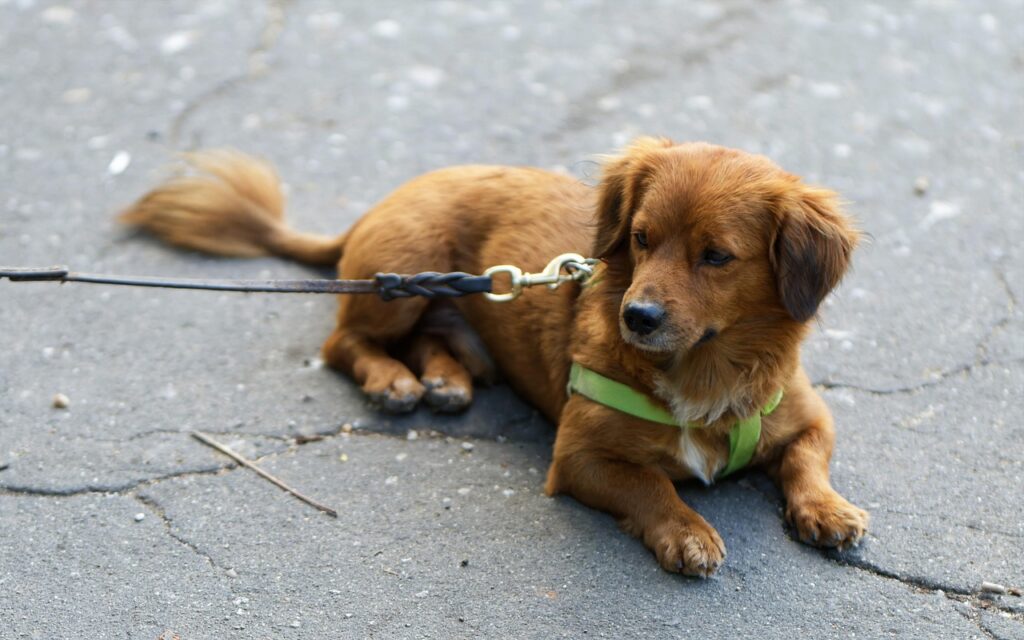
Making Runs Enjoyable
Running should feel like an exciting adventure, not a chore, for both you and your pup. Creativity can keep your outings engaging and something to look forward to.
Choose dog-friendly routes
Opt for trails, parks, or quieter streets where your dog can relax and enjoy the run without constant traffic or loud distractions. Soft surfaces like grass or dirt are also gentler on their joints and paws than concrete.
Mix it up
Dogs love variety. Change up your routes, distances, and even the pace of your runs to keep things interesting. Exploring new paths not only challenges your dog physically but also provides mental stimulation through new sights and smells.
Run at your dog’s pace
It’s tempting to set the pace yourself, but remember, this is your dog’s workout too. Pay attention to their comfort level and adjust as needed. Some pups are natural sprinters, while others are steady joggers. If you’re training and need to hit a specific pace or distance, let your pup sit that particular run out.
Have fun at the finish line
Make the end of each run something your dog looks forward to, whether it’s their favorite game, extra belly rubs, or a tasty treat. Associating runs with rewards reinforces ideal behavior and keeps motivation high.
When running feels pleasant, your dog will be eager to join you every time you head out the door.
Post-Run Care
Just like human athletes, dogs need recovery after a solid workout. Taking the time to cool down and check in on your pup ensures they stay healthy and ready for your next run together.
Cool down gradually
Instead of stopping abruptly, slow your pace to a walk for the last few minutes. This helps regulate your dog’s breathing and gives their muscles a chance to ease out of exercise mode.
Check for injuries
After each run, inspect your pup’s paws, legs, and joints. Look for cuts, cracks, burrs, or limping. If you’ve been on a wooded trail, give their fur and paws a once-over for ticks or other pests.
Hydrate and refuel
Offer fresh water right away, but let your pup sip slowly to avoid stomach upset. For longer runs, a small, protein-rich snack can help replenish their energy. Ollie’s meat-first jerky strips make for a perfect post-run treat and reward— just be sure to wait before serving a full meal.
Give them time to rest
Running is hard work, even for energetic dogs. Allow for downtime with a comfy spot to nap and recover. Adequate rest keeps them healthy and prevents overuse injuries.
Caring for your dog after each run reinforces the idea that exercise is a positive experience.

Common Mistakes to Avoid
Even the most well-intentioned dog owners can make errors when introducing their dogs to running. Knowing what to look out for will help keep your routine safe and sustainable.
Pushing too hard, too soon
Dogs may seem eager to keep going, but that doesn’t mean they’re ready for long distances right away. Build mileage gradually to avoid joint strain or fatigue.
Ignoring signs of fatigue or distress
Heavy panting, slowing down, limping, or refusing to move are all signs your dog needs a break. Always prioritize their well-being over your training goals.
Running on unsafe surfaces
sensitive paws. Check conditions before heading out and adjust your route if needed.
Using the wrong gear
A collar that puts pressure on the throat or a retractable leash that tangles easily can create safety hazards. Invest in a comfortable harness and a sturdy leash for better control.
Running right after meals
Exercising too soon after eating can increase the risk of bloat, especially in larger breeds. Wait at least an hour after feeding before heading out on a run.
Running with your dog is about more than exercise; it’s about building a stronger bond, exploring together, and creating healthy habits you’ll benefit from. With the right preparation, training, and care, your pup can become the perfect running buddy, pushing you to stay consistent while reminding you to have fun along the way.
Remember to start slow, stay safe, and listen to your dog’s cues. Celebrate the little milestones — your first mile together, their first trail run, or even just a morning jog that ends with a happy tail wag.
Tagged As:
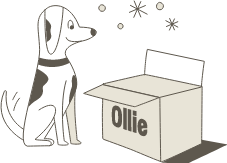
The nutrition your dog needs,
the food they want.

Enjoying our articles? Subscribe our Newsletters and get new articles directly to your inbox
You might also like
23 September 2025
6 MINS READ
Back to School: Training Your Dog at Any Age
As we hit back-to-school season rolls around, it’s not just kids who benefit from sharpening their skills and learning something new—our dogs can, too! Training isn’t limited to puppies or p…
by Ollie Pets
13 May 2025
8 MINS READ
Puppy Training Guide & Behavior Timeline
Bringing home a puppy is pure magic. It’s also pure chaos—tiny teeth, zoomies, accidents in the house, and moments that make you wonder if you’re raising a future genius or a tiny tornado. …
by Ollie Pets
10 May 2025
12 MINS READ
New Puppy Checklist: Guide To Prepare For A New Dog
Bringing home a new puppy? This checklist covers everything new dog owners need—from essential supplies to training, feeding, and first vet visits.
by Ollie Pets
